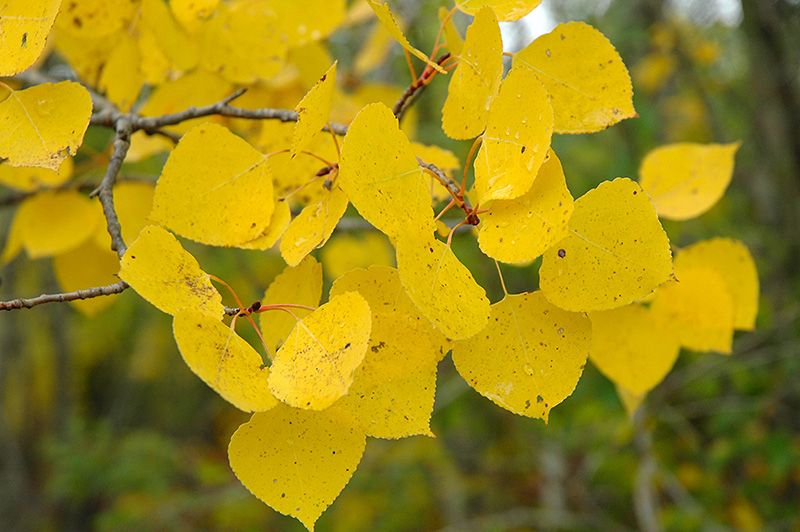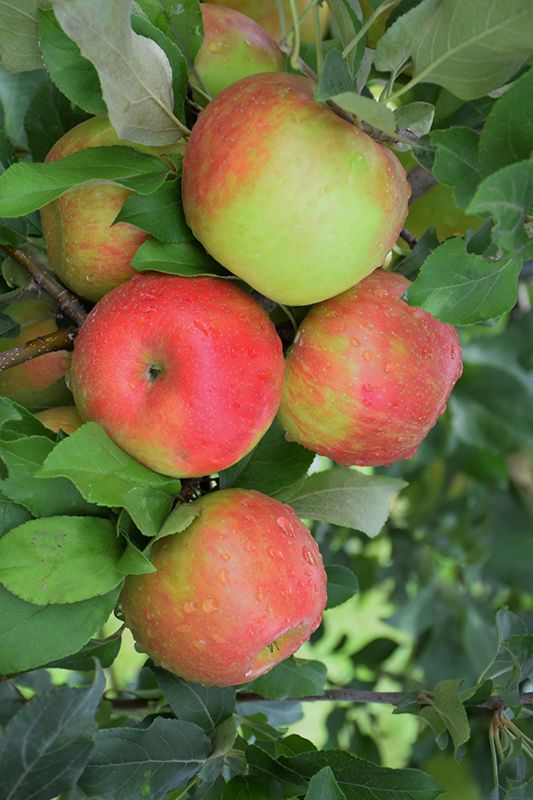Acer, Japanese Maple 'Velvet Viking™'



Out of stock
Coming soon, still growing- Sun Preference
- Full-Sun, Part-Sun
Description
Lacy, deeply dissected foliage in rich red tones. Low, spreading branches develop into a mounded, weeping form. Good cold tolerance for a Japanese maple.
Minnesota's Largest Selection of Trees
At Minnesota's Destination Garden Center, we offer a diverse range of trees to suit any landscaping need. Whether you're looking for shade trees to cool your home or ornamental trees to add beauty and interest, you'll find the perfect tree at Gertens. Our knowledgeable staff can help you select the right tree for your space and provide tips for care and maintenance. Visit Gertens today and explore the unmatched variety of trees to enhance your outdoor environment!
Details
Velvet Viking™ Japanese Maple | Acer palmatum 'Monfrick'
Height: 3 feet
Spread: 5 feet
Sunlight: full sun to part shade
Hardiness Zone: 4a
Group/Class: Dissectum
Description:
A stunning choice, this dwarf accent tree features rich red, deeply dissected foliage all season long, on a mounded, weeping form; delicate appearance yet tough and cold tolerant; a highly desirable specimen for the garden or large patio containers
Ornamental Features
Velvet Viking™ Japanese Maple is primarily valued in the garden for its interestingly mounded form. It has attractive brick red deciduous foliage which emerges coral-pink in spring. The deeply cut ferny palmate leaves are highly ornamental and turn outstanding shades of crimson and in the fall. It produces red samaras from early to mid fall. The red stems can be quite attractive.
Landscape Attributes
Velvet Viking™ Japanese Maple is an open multi-stemmed deciduous shrub with a mounded form. It lends an extremely fine and delicate texture to the landscape composition which should be used to full effect.
This is a relatively low maintenance shrub, and should only be pruned in summer after the leaves have fully developed, as it may 'bleed' sap if pruned in late winter or early spring. It has no significant negative characteristics.
Velvet Viking™ Japanese Maple is recommended for the following landscape applications;
- Accent
- Mass Planting
- Hedges/Screening
- General Garden Use
- Container Planting
Planting & Growing
Velvet Viking™ Japanese Maple will grow to be about 3 feet tall at maturity, with a spread of 5 feet. It tends to be a little leggy, with a typical clearance of 1 foot from the ground. It grows at a slow rate, and under ideal conditions can be expected to live for 80 years or more.
This shrub does best in full sun to partial shade. You may want to keep it away from hot, dry locations that receive direct afternoon sun or which get reflected sunlight, such as against the south side of a white wall. It prefers to grow in average to moist conditions, and shouldn't be allowed to dry out. It is not particular as to soil pH, but grows best in rich soils. It is somewhat tolerant of urban pollution, and will benefit from being planted in a relatively sheltered location. Consider applying a thick mulch around the root zone in winter to protect it in exposed locations or colder microclimates. This is a selected variety of a species not originally from North America.
Velvet Viking™ Japanese Maple makes a fine choice for the outdoor landscape, but it is also well-suited for use in outdoor pots and containers. Because of its height, it is often used as a 'thriller' in the 'spiller-thriller-filler' container combination; plant it near the center of the pot, surrounded by smaller plants and those that spill over the edges. It is even sizeable enough that it can be grown alone in a suitable container. Note that when grown in a container, it may not perform exactly as indicated on the tag - this is to be expected. Also note that when growing plants in outdoor containers and baskets, they may require more frequent waterings than they would in the yard or garden. Be aware that in our climate, most plants cannot be expected to survive the winter if left in containers outdoors, and this plant is no exception. Contact our experts for more information on how to protect it over the winter months.
More Information
| Gerten Grown Plants | Gerten Grown Plants |
|---|---|
| Tree Type | Shade & Ornamental |
| Sun Preference | Full-Sun, Part-Sun |
| Mature Height (Range) | 2 - 5 feet |
| USDA Hardiness Zone | 5, 6, 7, 8, 9 |
| Common Family Name | Maple |


